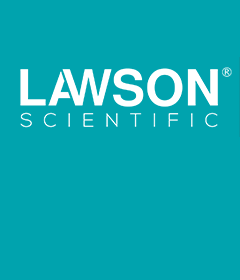News
Overview of cleaning agents used in ultrasonic cleaners
The ultrasonic transducer converts high-frequency oscillating electrical signals into high-frequency mechanical oscillations, which are radiated in the cleaning fluid in the form of longitudinal waves. During the half-wave expansion of the radiation wave, the compactness of the cleaning solution is broken and numerous bubbles with a diameter of 50-500 μm are formed.
This bubble is filled with solution vapor. During the half-wave period of compression, the bubbles close quickly, producing a local hydraulic impact of hundreds of Mpa. This phenomenon is called the "cavitation" effect. Under the continuous action of the "cavitation" effect, the dirt on the workpiece surface or hidden places is burst and peeled off. At the same time, under the action of ultrasound, the penetration of the cleaning liquid is strengthened; the pulsating stirring is intensified; the dissolution, dispersion and emulsification are accelerated; thus the workpiece is thoroughly cleaned.
Ultrasonic cleaning machine is mainly composed of ultrasonic cleaning tank and ultrasonic generator. The ultrasonic cleaning tank is made of high-quality stainless steel with good elasticity and corrosion resistance, and an ultrasonic transducer vibrator is installed at the bottom; the ultrasonic generator generates high frequency and high voltage, which is transmitted to the transducer through the cable connecting line, and the transducer is together with the vibrating plate. High-frequency resonance is generated, so that the solvent in the cleaning tank is subjected to ultrasonic waves to clean the dirt.
The cleaning agents used in ultrasonic cleaning machines are mostly liquid detergents, and the composition mode is: surfactants, admixtures, other auxiliaries, and other organic solvents such as trichloroethylene.
When a substance dissolves in water even if the concentration is very small, it can significantly reduce the surface tension of water and air, or the interfacial tension between water and other substances, then the substance is called surfactant. The molecular structures of water-soluble surfactants are all asymmetric and polar.




